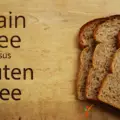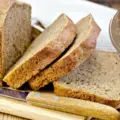Switching to a gluten-free life means replacing the staples in your pantry for ones that don't put your health at risk due to gluten content. The classic breakfast item, bread, adds to this list too. Elimination of gluten isn't the only difference between gluten-free and regular bread.
There are various components such as texture, taste, ingredients, etc., to consider alongside. It helps to know what you're eating in the diet and how it differs from your typical SAD (Standard American Diet.) Here's everything you'll need to know about the difference between the two:
Ingredients
Gluten:
The most characteristic difference regarding ingredients- gluten-free bread does not, and should not, contain gluten or any of its sources, unlike regular bread. Gluten substitutes include hydrocolloids that compensate for the reduced protein content, retain moisture, enhance the consistency, and improve the texture.
Various brands use vegetable gums for substituting gluten, while some also use psyllium that also increases the fiber content of the gluten-free bread.
Flour:
The primary source of gluten in regular bread is the type of wheat flour used. When the high quantities of proteins that constitute the flour get mixed up with certain liquids, this produces gluten. Ultimately, gluten is almost always present in yeast-leavened bread.
There are further two types of wheat flour, which are white flour and whole-grain flour. Both types undergo milling of wheat kernels, but white flour is milled from only the inner part. Alternatively, manufacturers mill the entire wheat kernel, including the germ and bran, for the whole-grain bread.

Unlike regular bread, gluten-free bread utilizes maize starch, modified tapioca starch, soy flour, and rice flour combination. Instead of using just one of these flours, a mixture provides the bread with the best volume and texture.
Each of these flours only enhances either the mass or improves the texture. So, by using a combination, neither is compromised. For instance, maize starch is excellent for enhancing volume but gives a crumbly and dry consistency.
Rice flour gives a better texture but doesn't contribute much to improving the dough's volume. Modified tapioca starch adds to the density but is only second best when competing with maize flour. Modified tapioca flour increases the shelf life of gluten-free bread while additionally aiding in retaining moisture.
Fats and oils:
Fat is an essential nutrient obtained from a diet. It serves many purposes, from absorbing fat-soluble vitamins to insulation and heat production. The highest, although not the most used, energy source in the diet is fat. Most of it becomes a stored energy source used by the body when it faces energy depletion.
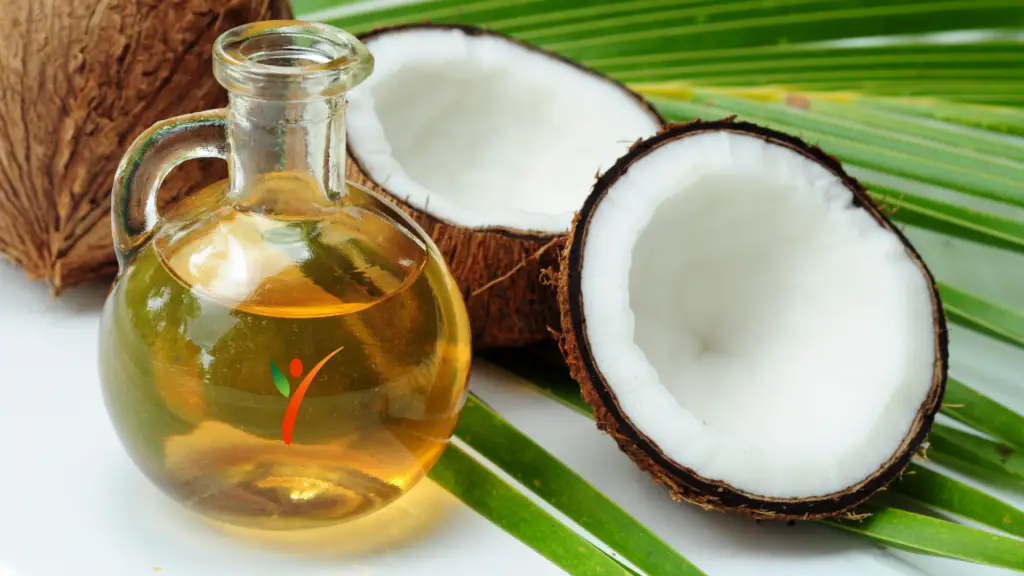
Due to the immense importance of fats, it's necessary to know the per serving fat content made by gluten-free bread. Most bread-making companies, both regular and gluten-free, use the same oil brands, usually canola oil. But, the fat content is higher in gluten-free bread as compared to traditional bread. For about each gram of fat obtained from regular bread, the same amount of gluten-free bread provides about 3.6 grams of fat.
Protein:
Naturally, due to the elimination of gluten, gluten-free bread has a relatively lower protein content than regular bread. Just like fat, one slice of gluten-free bread contains about 2 grams of protein. However, unlike fat, this amount is slightly lower than in the gluten-free version.
A regular gluten-containing slice contains about 3 grams of protein. To reduce this difference, the addition of other protein sources almost meets the nutritional value of proteins as that in regular bread. For this purpose, eggs and soy proteins are the main components.
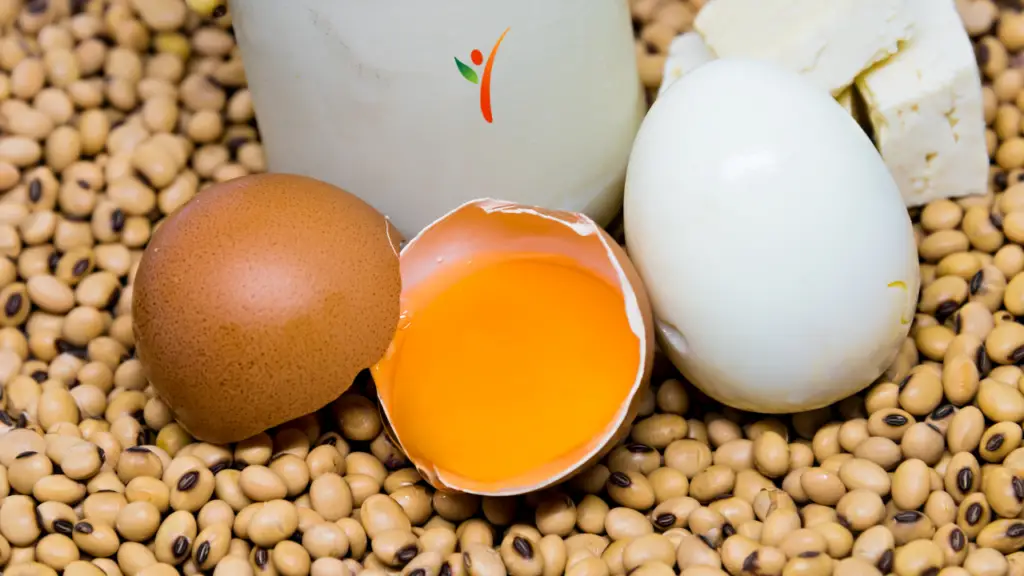
This additional protein almost compensates for the deficiency due to the removal of gluten to make the bread gluten-free. Protein also plays a vital role in integral body functions, such as boosting the immune system, tissue repair, increasing muscle mass, and making the structural component of nails and hair.
Sugar:
Sugar content is relatively quite high in a gluten-free slice of bread. Analysts and nutritionists have measured the sugar content to be almost twice the quantity of regular bread. This practice mimics the sweet smell and aroma, along with the sugar characteristics of wheat bread.
Vitamins:
Going gluten-free when it comes to bread, you will miss out on some necessary vitamins. For instance, certain brands that make gluten-free bread do not add vitamin B1, thiamine, vitamin B9, or folic acid. These vitamins are of immense importance, and the widespread nutritional deficiency of these, especially among pregnant women, causes complications and deficiency diseases.

Low thiamine can lead to low appetite, reduced reflexes, blurred vision, muscle fatigue and weakness, nausea, and vomiting. Folic acid is responsible for making red blood cells, which carry all the essential nutrients, including oxygen, towards different body parts and drain all the waste products to their respective dustbins.
That being said, a deficiency of folic acid will lead to a lesser number of red blood cells, and this condition is folate-deficiency anemia. It's characterized by oxygen deficiency as there are limited carriers for the transport of oxygen. Thus, it's central to compensate for the inadequate supply of these two vitamins by making sure you eat foods containing these in abundance.
Texture
One of the main ingredients that give regular bread, and most baking goods, the characteristic smooth and spongy texture is gluten. The basic science behind this is that mixing and kneading whole wheat flour with water makes the flour extremely elastic. This mixture, by nature, is stretchy, just like a balloon.
Another reason that contributes to the smooth and soft texture of regular bread is fermentation. During the baking process, the yeast eats sugar and forms two waste products, i.e., alcohol and carbon dioxide gas. This “waste” carbon dioxide gas produces tiny bubbles and gives the characteristic spongy texture.
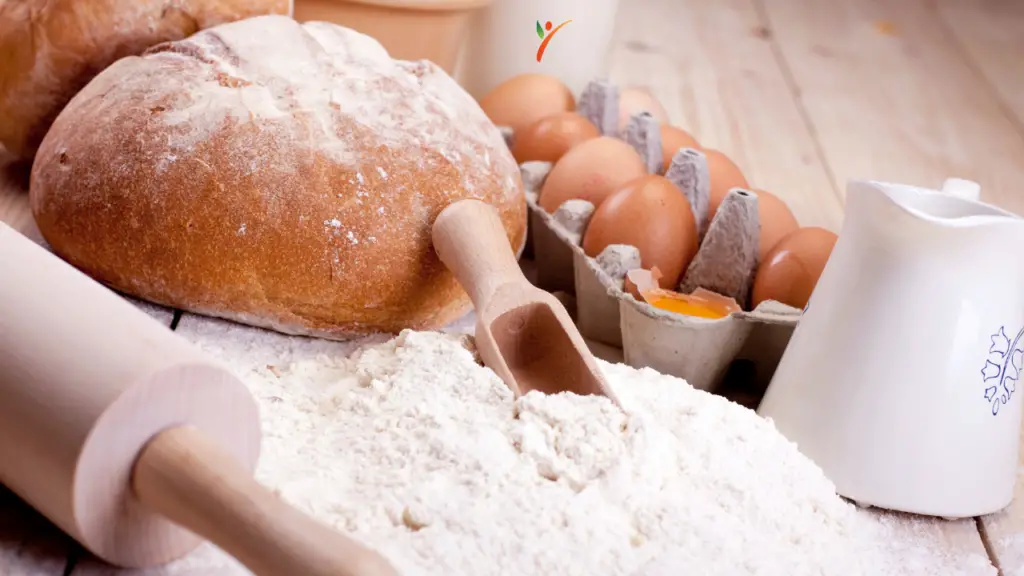
It is the gluten that provides the dough its ability to trap carbon dioxide gas. Without gluten, none of this can happen. It's why a gluten-free loaf lacks the airy texture of whole wheat bread, and attaining the light texture is seemingly impossible. It does not rise as much since no carbon dioxide gets entrapped.
Although a few tweaks help improve and enhance the texture, gluten-free bread still comes second best to whole wheat bread as far as springiness, texture, and cohesion. For instance, the additional eggs added to compensate for the low protein content also help give a slightly better texture. The hydrocolloid gluten substitutes emit a relatively more uniform texture.
Despite these customizations, gluten-free bread isn't perfectly-textured due to the absence of the elastic matrix. Consequently, a gluten-free loaf is denser than regular bread and has a higher tendency to crumble. For comparison, three slices of gluten-free bread weigh the same as four slices of whole wheat bread.
Shelf Life
Gluten-free bread has a shorter shelf life than whole wheat bread. Reheating gluten-free bread speeds up the process of staling, and the bread itself has a shorter life span. Thus, it is better to eat the bread just after it is toasted. For improving shelf life, gluten-free bread can either be sold in vacuum-sealed packaging or frozen.
Browning the Bread
Whole wheat bread is evenly-browned upon baking. The consistency isn't there when it comes to gluten-free bread. It can be made better by brushing the bread with beaten eggs or milk just before baking.
Final Words

Living a gluten-free life brings new tastes and textures, the like of which you may not have encountered before. You may pleasantly surprised at how much you enjoy your newfound diet. Considering the numerous health benefits you'll acquire, you'll get accustomed to it in no time, and you will enjoy how much better you feel all around.


